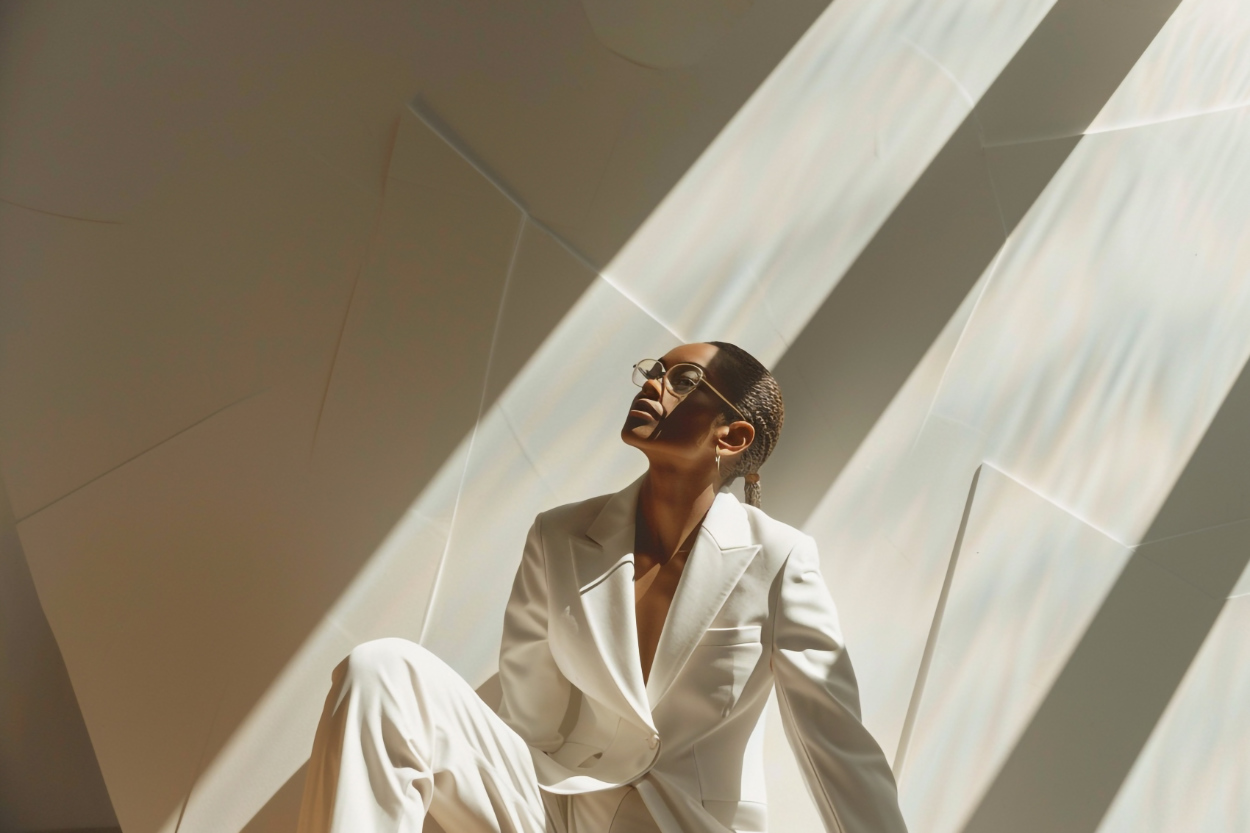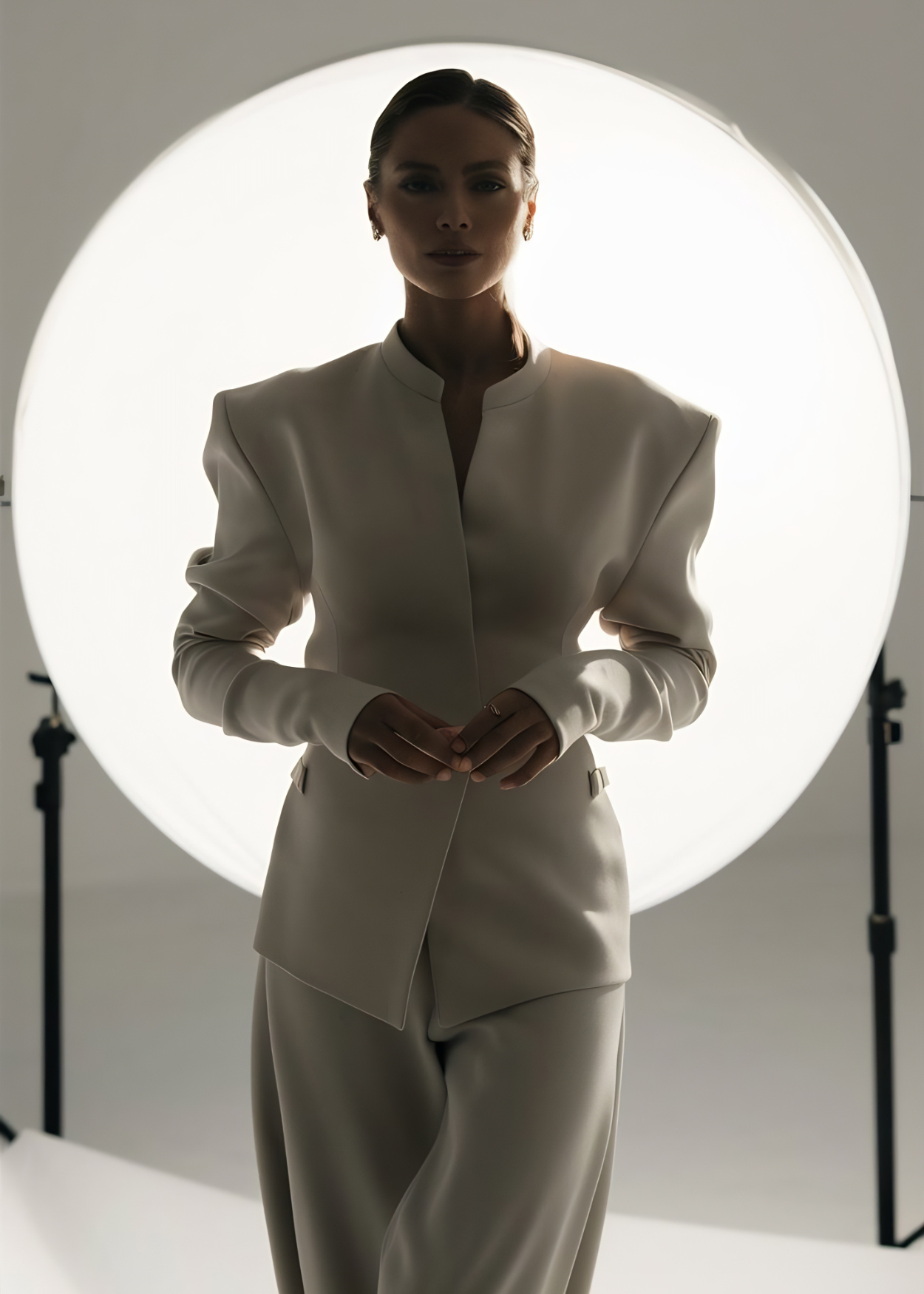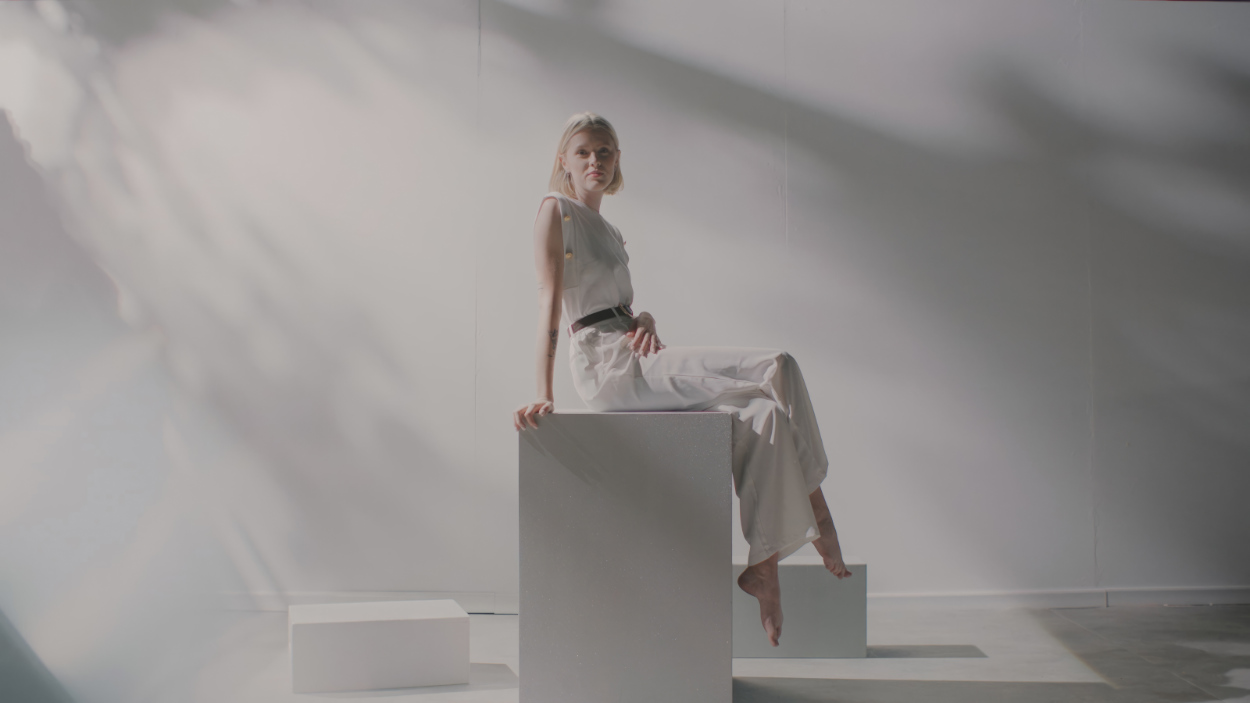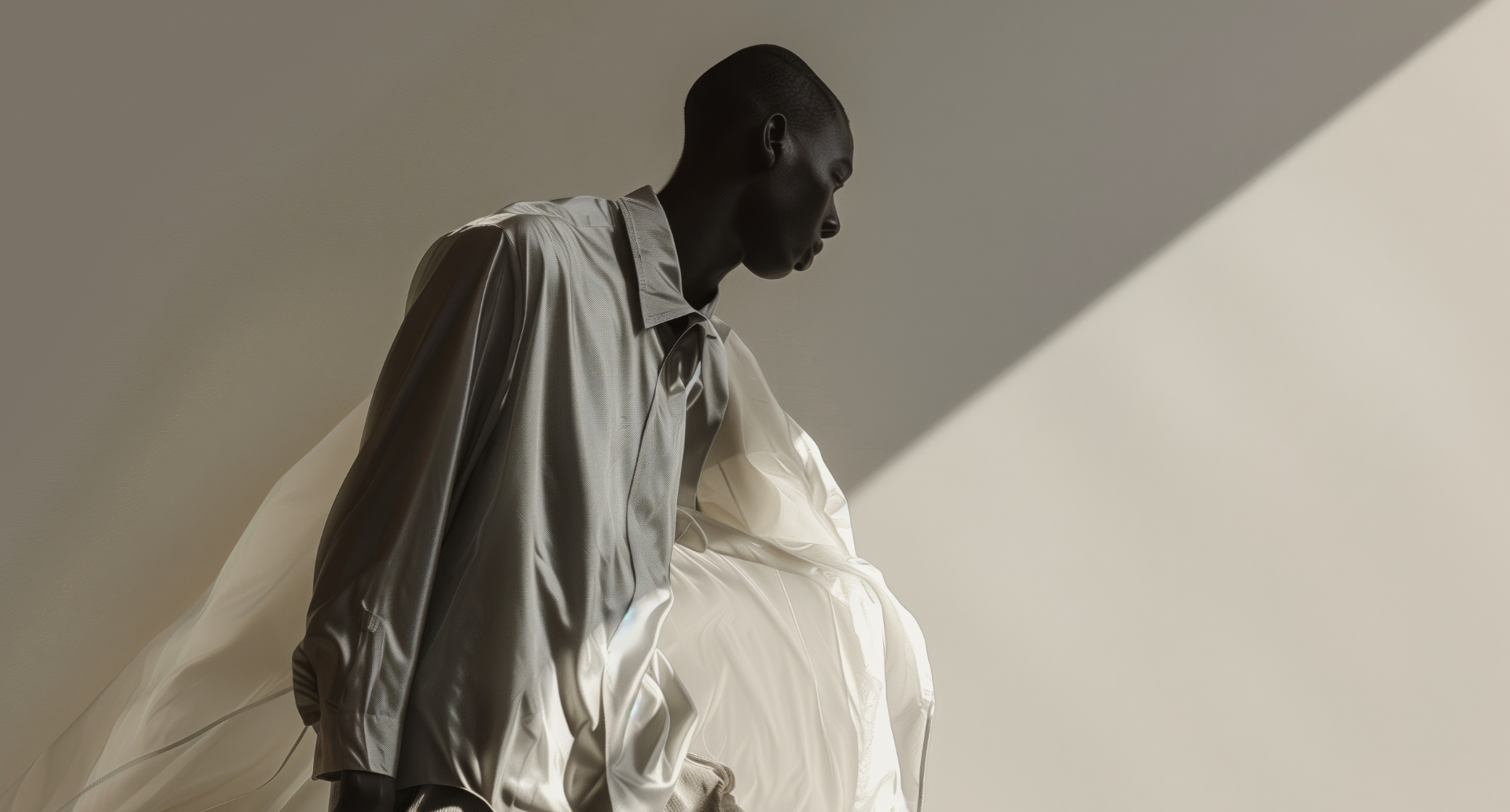This article was originally published in The Interline’s AI Report 2025. To read other opinion pieces, exclusive editorials, and detailed profiles and interviews with key vendors, download the full AI Report 2025 completely free of charge and ungated.
Key Takeaways:
- AI-driven trend forecasting is starting to influence how fashion interprets demand and plans collections, offering speed and scale in place of traditional intuition. While the efficiency is clear, there are emerging concerns about how this shift might affect creative risk-taking and the diversity of ideas that reach the market.
- Some in the industry see potential in using AI to expand, not replace, creative decision-making. These systems may help surface overlooked signals, accelerate prototyping, or draw inspiration from niche or unexpected sources, though the quality of output often depends on how the tools are used and who controls the inputs.
- As fashion integrates more predictive systems, questions are being raised about whose perspectives shape those predictions. Without more inclusive training data and broader creative references, there’s a risk that AI tools could reinforce sameness rather than support experimentation, particularly for designers working outside dominant narratives.
Fashion has always recycled itself, but the mechanisms have changed from being an exercise in conscious curation and repetition, to a newer model where trend and direction are determined by neural nets trained on last season’s clicks and a broad spectrum of other variables. AI-driven trend forecasting is promising a different direction entirely : a data led glimpse into the future, trained primarily on the past, but with grounding in the near-term signals of today.
In principle, especially in an industry where forecasting is often so misaligned with actual demand, this sounds helpful. Safe, even. But if we only chase trends already validated by yesterday’s best sellers, or those pre-approved by algorithms, how long before fashion stops moving forward at all – or at least before every brand is pulling in an identical direction?
This isn’t a hypothetical scenario. Brands are already turning to AI to synthesise new insights from vast volumes of data: purchase histories, social engagement, influencer reach, SKU-level sales spikes, returns, and more. The result of which is prediction engines that, at least in theory, do a lot to close the gap between what the industry aims to accomplish, and what it actually brings to market. But as noble a goal as this is – anything to curb fashion’s waste – it will not be surprising for the industry to soon start encountering forecasts that feel eerily similar to prior seasons, micro-trends on repeat, and future assortments that look suspiciously familiar.
When it comes to data segmentation, analysis, insight and interpretation, machine learning is a clear step up from traditional systems. But for creative and generative purposes, the people planning fashion’s future direction are becoming haunted by the ghost of an idea: that AI doesn’t dream, can’t feel, and won’t ever experience the jolt of rebellion that defines real fashion moments that respond to something instinctively human.

AI is terrific at identifying patterns, ranking them by likelihood, and produces predictions designed to reduce risk and markdowns, and optimise positioning. What’s trending? What’s moving? What’s safe to back? What’s going to sell through? What’s the least likely to be returned? That question – “what’s safe to back?” – could slowly become fashion’s north star, because the climate the industry operates in today is so risk-prone and risk-averse, that big bets on originality are not always commercially sound.
At this juncture, it’s fair to say most people know the broad strokes of how generative Artificial Intelligence works. AI eats what we feed it. If we train it on high engagement outfits from Instagram and TikTok, it’ll serve back the same vibes: tweaked, recycled, and endlessly repackaged. Of course it makes commercial sense, because what the models are being trained and fine-tuned on is a filtered viewpoint on what succeeded – even if it doesn’t come complete with any real understanding of what criteria determined that success.But what does it do to the designer trying to say something new? When the system rewards familiarity, it becomes inevitable that exploration will turn into imitation.
We’ve seen this pattern before, in other industries, long before AI got involved. Hollywood runs on sequels, reboots, and endless universe-building, because it’s safe. Because the data says it works. And audiences are starting to notice: a creative diet of sameness, slicked over with gloss. Fashion is at risk of the same loop – something that it’s experienced before, with big brands and major houses facing criticism for being derivative. Only this time, the gatekeeper isn’t a risk-averse executive, but rather an executive backed by an algorithm and the chat layer on top of it.
But AI doesn’t have to kill creativity. In fact, when used right, it can do the opposite – without needing a fundamental rearchitecturing of the systems themselves, but rather the mindsets around them.
There’s nothing inherently sinister about using data to understand trends, especially when it’s done to expand possibility, not narrow it. The best case scenario is AI acting not as a creative director, but as a co-pilot: scanning millions of data points to find the unusual, the emerging, the hidden. Used well, AI can supercharge creative decision making, helping to surface regional micro-trends before they hit the mainstream, or spot material or silhouette experimentation gaining traction in niche communities. It can help designers test ideas faster and with less waste, while offering fresh inspiration from unexpected sources – subcultres, adjacent industries, and forgotten archives. None of that replaces the creative spark. It enhances it. The designer remains the interpreter. The one who knows which signals to ignore, and which ones to amplify.

AI’s real promise isn’t mass personalisation or perfect prediction – those are optimisations, not breakthroughs. The real shift is creative leverage: turning oceans of raw data into strange, useful patterns, and putting that power in the hands of people who know how to turn it into something no machine could imagine. It’s doing what humans can’t, and doing it at scale – turning a single idea into a dozen prototypes, a rough sketch into a working draft, a mood into a marketable campaign. Not to replace creatives, but to enable them.
But that utopia only holds if we stay clear-eyed about the risks. The danger isn’t that AI will replace humans. It’s that it will quietly start replacing human instincts, or worse, force them to justify themselves through algorithmic logic.
When designers start second guessing bold ideas because the data says no, that has the potential to become a problem. When buyers demand proof from predictive tools before backing a collection, that’s a level of brand-identity abdication that should strike fear into a generation of creatives. When fashion schools teach more about dashboards than conceptual thought, cultural awareness, sensitivity and inclusivity, that’s a potential warning siren. The joy of fashion, that rush of surprise, rebellion, discovery, doesn’t come from accuracy. It comes from audacity.
We’ve already seen what over-personalisation can do to music. Spotify’s recommendation engine made discovery frictionless, but it also spawned playlists so optimised they started sounding algorithmically numb. This is great for discovering artists you like that sit in the same lane users normally find themselves in, but it’s terrible for discovery. The kind that catches you off guard and reveals itself to you as a revelation for the sheer newness of it all. You simply don’t get that when AI uses past data to curate.
When all you ever see is what the machine thinks you already like, you’re left with soft echoes of your own taste. That becomes a problem when something genuinely new enters the frame. Not a recycled Y2K look or a fresh spin on minimalism, but the kind that rattles the system. The kind of new that punk was. Or Comme des Garcon in the ‘80s. Or Alexander McQueen at his most unapologetic. In those moments, the algorithm wouldn’t just fail to understand innovation, it might bury it. By definition, systems designed to maximise the chances of sell-through are built to protect what’s already working, which is exactly why it would rank all of the above as low-likelihood, low-engagement, and off-trend. There would be little reason to assume that bucking the trend would result in a breakout hit – and the same would hold true in the opposite direction, if fashion was going through a disruptive cycle where new silhouettes and ideas were everywhere… would an AI system tell you to follow suit, or would it recognise the potential in doing something against the grain, even if it’s less experimental.

It doesn’t take a huge amount of casting our minds forwards to realise that, if we over-index on systematising forecasting and planning, true disruption runs the risk of being treated not as a breakthrough, but as a statistical anomaly.
And if we’re talking about futures, we have to talk about whose future we’re building. If AI learns mostly from Western, commercial, dominant aesthetics, that’s the future it will continue to create. That’s not a tech flaw, it’s a dataset problem, but left unchecked, it could turn global creativity into a monoculture – something that we’ve already seen being rightly criticised in AI applications that reflect unconscious bias.
The fix is of course plain and simple: better and more comprehensive, inclusive training data. Prioritise diverse inputs. Give avant-garde, regional, and underrepresented designers weight in the system. Build tools that reflect fashion’s full vocabulary, and that don’t exclusively pivot on the promise of profitability..
Fashion design doesn’t run on certainty. It thrives on risk, instinct, and the kind of ideas that don’t make sense until they’re suddenly everywhere. These are the moments that define the industry, and they don’t always show up in the data. AI doesn’t need to mimic that chaos, but it does need to make space for it.
The next phase of AI adoption in fashion planning, then, shouldn’t be about choosing between technology and creativity. It should revolve around training systems to expect rebels not replicas, that amplify curiosity, surface the unexpected, and support designers who are trying to say something new. Because the magic of fashion has never come from predicting the future. It’s come from changing it.
